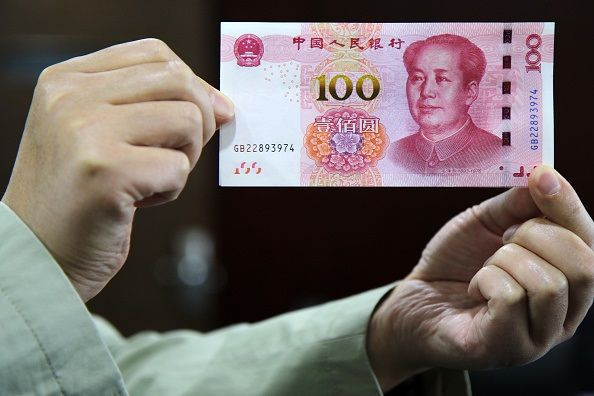Yuan Devaluation Prompts China Market Shutdown

China accelerated the devaluation of the yuan on Thursday, sending currencies across the region reeling and domestic stock markets tumbling, as investors feared the Asian giant was kicking off a virtual trade war against its competitors.
Trading on China's stock markets were suspended for the rest of the day, for the second time this week, as a new circuit-breaking mechanism was tripped less than half an hour after the open.
The People's Bank of China again surprised markets by setting the official midpoint rate on the currency at 6.5646 yuan per dollar, the lowest since March 2011.
That was 0.5 percent weaker than the day before and the biggest daily drop since last August, when an abrupt near 2 percent devaluation of the currency also roiled markets.
The impact was immediate as regional currencies went into a tailspin. The Australian dollar, often used as a liquid proxy for the yuan, fell half a U.S. cent in a blink.
Shanghai stocks slid 7 percent to trigger the halt in trading, a repeat performance of Monday's sudden tumble. Japan's Nikkei shed 1.8 percent in sympathy.
A sustained depreciation in the yuan puts pressure on other Asian countries to devalue their currencies to stay competitive with China's massive export machine.
It also makes commodities denominated in U.S. dollars more expensive for Chinese buyers, which could hurt demand and thus further depress commodity prices in a vicious chain reaction.
(Reporting by Lu Jianxin, Samuel Shen and Shanghai Newsroom; Writing by Wayne Cole; Editing by Sam Holmes and Mark Bendeich)
© Copyright Thomson Reuters 2024. All rights reserved.




















